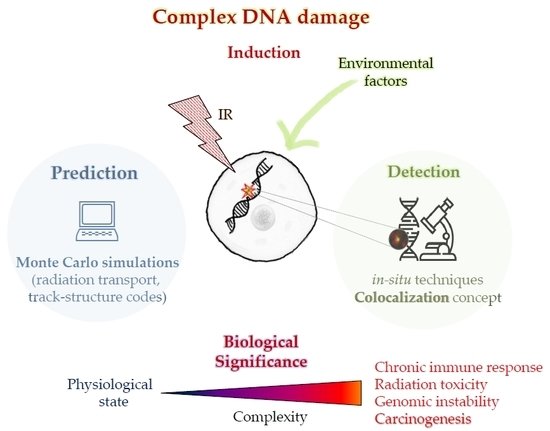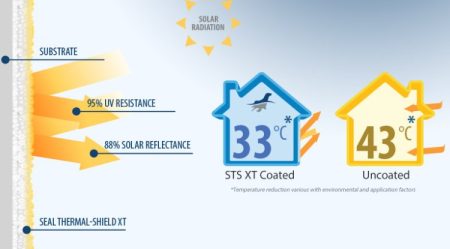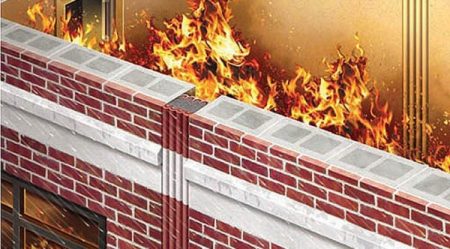Radiation isolation plays a fundamental role in ensuring safety in various environments where radiation is present. Whether it’s in medical facilities, nuclear power plants, or industrial settings, understanding the basics of radiation isolation and its importance is crucial to protect individuals and minimize the risks associated with radiation exposure. In this article, we will delve into the fundamentals of radiation isolation, explore its significance, and highlight the key aspects you need to know.
Contents
Understanding Radiation and Its Hazards
Radiation is a form of energy that can be emitted by radioactive materials or generated by certain technologies. It exists in different types, such as electromagnetic waves or particles, each with its own characteristics and potential health hazards. Exposure to high levels of radiation can have detrimental effects on living organisms, including the risk of radiation sickness, genetic damage, and an increased likelihood of developing cancer.
The Basics of Radiation Isolation
1. What is Radiation Isolation?
Radiation isolation refers to the implementation of measures and strategies to prevent or minimize the spread of radiation from its source. It involves creating barriers and employing shielding techniques to contain radiation and protect individuals and the environment from its harmful effects.
2. Importance of Radiation Isolation
Radiation isolation is of utmost importance for several reasons:
- Protecting Human Health: By implementing effective isolation methods, the exposure of individuals to radiation can be significantly reduced, safeguarding their health and well-being.
- Preventing Contamination: Proper isolation measures help prevent the release of radioactive materials into the environment, minimizing the risk of contamination and its adverse ecological impact.
- Maintaining Safety: Radiation isolation ensures the safety of personnel working in radiation-prone environments, allowing them to carry out their tasks without unnecessary risks.
- Radiation Isolation: Understanding the Basics and Importance
Effective Radiation Isolation Methods
1. Shielding
- Lead Shielding: Lead is commonly used as a shielding material due to its high density and ability to absorb radiation. Lead aprons, lead-lined rooms, and lead bricks are examples of shielding techniques employed in different settings.
2. Containment
- Enclosed Systems: Designing and implementing enclosed systems can effectively contain radiation sources and prevent their dispersion into the surrounding environment.
- Specialized Containers: In nuclear facilities and laboratories, specially designed containers are used to safely store radioactive materials, minimizing the risk of accidental release.
3. Safety Measures
- Proper Equipment Handling: Ensuring proper handling





